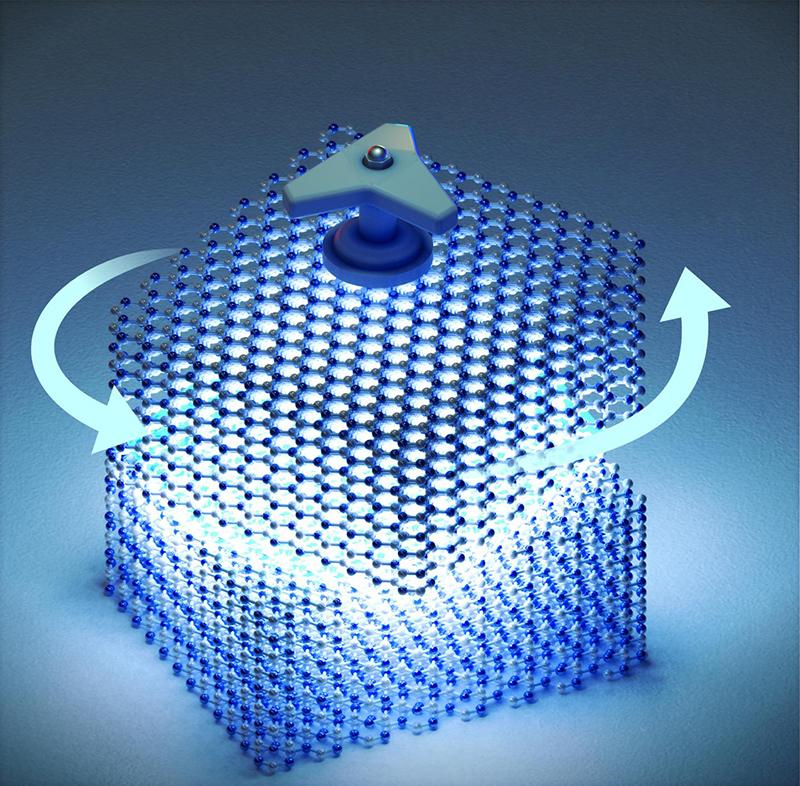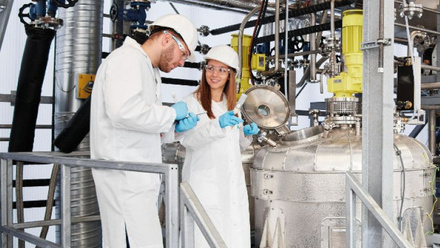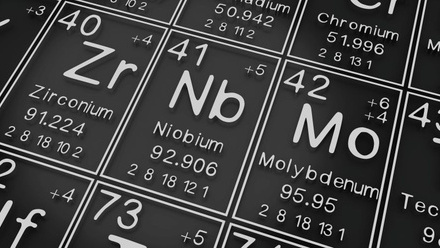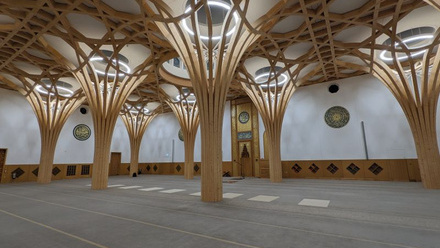Shifting paradigms with thermoelectric hybrid compound
A thermoelectric hybrid compound with intertwined crystalline and amorphous sub-lattices could open up a new structural approach towards high-performance thermoelectrics, researchers say.

‘Our material is a unique hybrid atomic structure with half being crystalline and half amorphous,’ says Jian He, Associate Professor at Clemson University, USA. ‘Traditionally, thermoelectric materials are crystals. Our material is not pure crystal, and we show we can achieve the same level of performance with a material with a new atomic structure.
The team intentionally mixes elements in the same group on the periodic table with different atomic sizes. In this instance, they have used atomic mismatches between sulphur and tellurium and between copper and silver to create a new compound – (Cu1-xAgx)2(Te1-ySy). The atomic structure features the interpenetrating crystal and amorphous sub-lattices, intertwined into a ‘crystal-amorphicity duality’.
‘A thermoelectric material’s figure of merit is governed by the electrical conductivity, the Seebeck coefficient and the thermal conductivity. The mentioned physical properties are adversely interdependent – optimising one often degrading others,’ explains He.
‘Again, property follows structure – attaining a high figure of merit thus requires complex crystal structure and rich microstructures to decouple these physical properties. The crystal-amorphicity duality eases such decoupling, in a somewhat oversimplified manner. The crystalline sub-lattice facilitates the electrical conduction and the amorphous sub-lattice impedes the heat conduction, embodying the idea of electron-crystal phonon-glass.’
According to He, the mentioned quaternary compounds are synthesised using a facile melt growth technique from the stoichiometric mixing of single elements over a period of approximately a week.
The team expects the new material will begin affecting applications in 10 to 20 years. ‘They definitely can do something current thermoelectric materials cannot do, but not now,’ He says. ‘Thermoelectrics is of course the immediate application. The impact of the crystal-amorphicity duality, in the context of the general structure-property correlation, is more profound and across the board in the long run.’







